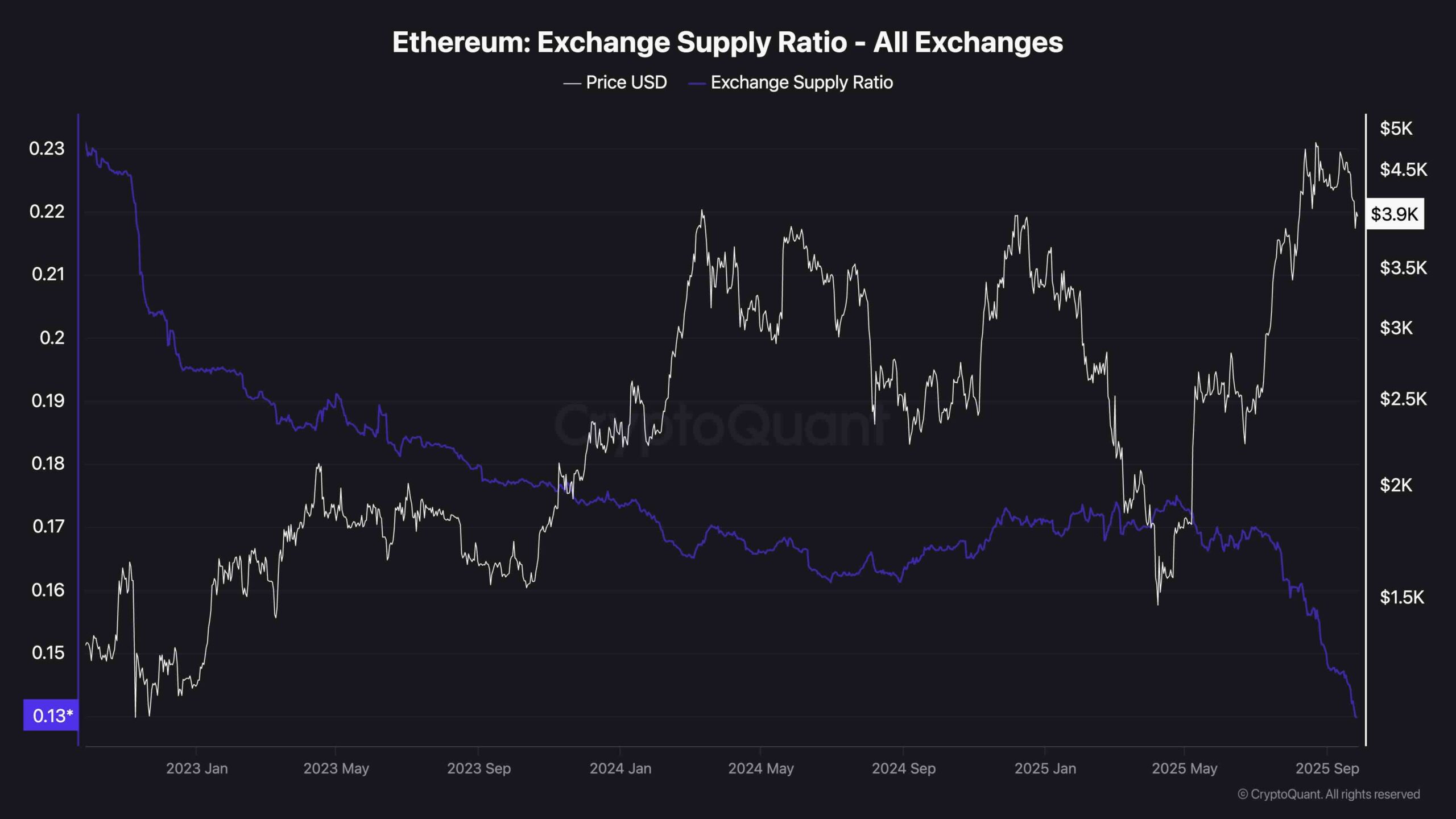What Internet Service Available at My Address?
Finding the right internet service for your home can feel like navigating a maze of providers, plans, and technical jargon. Understanding your options—from speedy fiber optic connections to more budget-friendly DSL—is crucial for choosing a service that meets your needs and budget. This guide simplifies the process, helping you determine which internet services are available at your specific address and how to compare plans effectively.
We'll explore various internet technologies, discuss factors affecting speed and reliability, and provide step-by-step instructions for finding providers and comparing their offerings. We'll also cover troubleshooting common connectivity issues and address frequently asked questions to ensure a smooth and informed decision-making process.
Understanding Available Internet Services
Choosing the right internet service can significantly impact your online experience. Understanding the different types available and their characteristics is crucial for making an informed decision. This section will explore common internet service options, factors affecting speed and reliability, and a comparison of their advantages and disadvantages.
Common Internet Service Types
Several types of internet access cater to varying needs and locations. The choice depends on factors like availability at your address, budget, and required speed.
| Provider | Type | Speed | Typical Cost |
|---|---|---|---|
| Various (e.g., AT&T, Verizon) | DSL (Digital Subscriber Line) | Up to 100 Mbps (varies greatly) | $40-$60/month |
| Comcast, Spectrum, Cox | Cable Internet | Up to 1 Gbps (varies by plan and location) | $50-$100+/month |
| AT&T Fiber, Google Fiber, Verizon Fios | Fiber Optic | Up to 10 Gbps or more | $70-$150+/month |
| HughesNet, Viasat | Satellite Internet | Up to 100 Mbps (often slower speeds and higher latency) | $70-$150+/month |
| Various regional providers | Fixed Wireless | Varies greatly depending on provider and distance | $50-$100+/month |
Factors Influencing Internet Speed and Reliability
Several factors determine the actual speed and reliability of your internet connection. These can significantly impact your online experience, leading to frustration if not considered.The distance from the provider's infrastructure plays a crucial role, particularly for DSL and cable internet. Longer distances generally result in slower speeds and increased latency. Line quality is also critical; for DSL, old or damaged copper lines can significantly reduce speeds.
For cable internet, network congestion during peak hours can lead to slower speeds. Finally, the type of service itself impacts speed and reliability; fiber optic connections generally offer the highest speeds and reliability due to their superior technology.
Comparison of Internet Service Types
A comparison of the pros and cons of each service type helps in making a suitable selection based on individual needs and preferences.
Here's a summary:
| Service Type | Pros | Cons |
|---|---|---|
| DSL |
|
|
| Cable Internet |
|
|
| Fiber Optic |
|
|
| Satellite Internet |
|
|
| Fixed Wireless |
|
|
Finding Internet Providers at a Specific Address
Determining which internet service providers (ISPs) offer services at your specific address is crucial before choosing a plan. Several methods exist to efficiently identify available providers, ensuring you select a service that's actually accessible to you. This process involves utilizing online tools and directly checking ISP websites.Several resources are available to help you find internet providers in your area.
These resources range from simple online searches to specialized comparison websites and the providers' own websites. Each method offers a different level of detail and convenience.
Utilizing Online Search Tools to Identify Available Providers
Online search engines are a convenient starting point for finding internet providers. A simple search using terms like "[your address] internet providers" or "[your zip code] internet service" will often yield a list of providers serving your area. Many search engines also integrate service availability checkers directly into their results pages, showing you which providers offer service at your address.
It's important to critically evaluate the results, as some listings may be outdated or advertisements for providers not actually serving your location. Cross-referencing results with multiple search engines can help improve accuracy. For example, a search on Google might reveal Xfinity and Verizon Fios as options, while a search on Bing might also include AT&T Fiber and a local provider.
Using an ISP's Website to Check Service Availability
Most major internet service providers have tools on their websites to check service availability at a specific address. This is generally the most reliable method to determine if a particular provider offers service where you live.
- Navigate to the ISP's website: Go to the official website of the internet provider you're interested in (e.g., Comcast, Spectrum, AT&T).
- Locate the "Check Availability" or similar tool: These tools are usually prominently displayed on the homepage or within a section dedicated to residential services. Look for buttons or links with phrases such as "Find Availability," "Check My Address," or "See Plans."
- Enter your address: Enter your full street address, including apartment or unit number if applicable, into the designated field.
- Review the results: The website will then display whether the provider offers service at your address. If service is available, it will often list available plans and speeds. If service is unavailable, it may provide an explanation or suggest alternative options.
For instance, if you were to use Comcast's website, you would likely find a prominent "Find Availability" button. After entering your address, the site would then display a list of available internet plans for your location, or inform you if service is not available at your address. Similarly, AT&T's website uses a similar process, offering a clear indication of whether fiber, DSL, or other services are available.
The process is largely consistent across most major ISPs.
Comparing Internet Plans and Pricing
Choosing the right internet plan can feel overwhelming given the variety of options available. Understanding the key factors—data caps, speed tiers, and pricing—is crucial to finding a plan that suits your needs and budget. This section will guide you through comparing different internet plans to help you make an informed decision.
Comparing internet plans involves analyzing several key aspects to determine the best value for your needs. This includes understanding data caps (how much data you can use before speeds are throttled), speed tiers (measured in Mbps, representing the speed of your connection), and the associated pricing, including any potential hidden fees. Careful consideration of these factors ensures you select a plan that aligns with your internet usage habits and financial constraints.
Internet Speed Information
Internet speed is typically expressed in Megabits per second (Mbps). You'll often see two numbers: download speed and upload speed. Download speed refers to how quickly you can receive data, such as downloading a movie or browsing a website. Upload speed refers to how quickly you can send data, such as uploading photos or video conferencing. A higher number in both categories generally indicates a faster and more responsive internet experience.
For example, a plan advertised as "100 Mbps download / 20 Mbps upload" means you can download data at a maximum speed of 100 Mbps and upload data at a maximum speed of 20 Mbps. Keep in mind that actual speeds can vary depending on several factors, including network congestion and the distance from the provider's infrastructure.
Comparison of Internet Plans
The following table provides a sample comparison of internet plans from different hypothetical providers. Remember that actual plans and pricing will vary depending on your location and the providers available in your area.
| Provider | Plan Name | Speed (Download/Upload Mbps) | Price (USD/month) |
|---|---|---|---|
| Provider A | Basic | 50/10 | 49.99 |
| Provider A | Premium | 200/20 | 79.99 |
| Provider B | Standard | 75/15 | 59.99 |
| Provider B | Ultimate | 500/50 | 99.99 |
| Provider C | Value | 30/5 | 39.99 |
| Provider C | Pro | 150/25 | 69.99 |
Common Hidden Fees and Contract Terms
It's essential to be aware of potential hidden fees and contract terms that can significantly impact the overall cost of your internet service. These can include early termination fees (ETFs), which are charged if you cancel your service before the end of your contract. Data overage charges can apply if you exceed your data cap, resulting in slower speeds or additional fees.
Installation fees might be charged for setting up your service, and equipment rental fees might apply if you're renting a modem or router from the provider. Always carefully review the terms and conditions of any internet plan before signing up to avoid unexpected costs. Reading the fine print is crucial to understanding the complete financial commitment.
Understanding Internet Service at a New Address
Moving to a new residence often involves navigating the complexities of setting up essential services, and internet access is no exception. Successfully transferring or establishing internet service at your new address requires careful planning and execution to ensure a seamless transition. This section details the steps involved, potential challenges, and best practices for a smooth internet setup.
The process of setting up internet service at a new address generally involves several key steps. First, you need to determine the internet service providers (ISPs) available at your new location. This often involves checking the ISP's websites or using online tools that identify providers by address. Next, you'll compare available plans and pricing to find the best fit for your needs and budget.
Once you've chosen a provider and plan, you'll need to contact them to initiate the service order. This may involve scheduling an appointment for professional installation, or in some cases, self-installation. Finally, you'll need to configure your devices to connect to the new internet network. This might involve entering a password or configuring network settings.
Internet Service Transfer Checklist
Transferring your existing internet service to a new address simplifies the process compared to establishing new service. However, it's crucial to follow these steps to avoid service interruptions and ensure a smooth transition.
- Contact your current ISP as early as possible to inform them of your move and request a transfer. Provide both your old and new addresses.
- Confirm the availability of your chosen plan at your new address. Some plans might not be available in all areas.
- Schedule the transfer appointment well in advance, especially if professional installation is required.
- Verify the transfer date and time to avoid service disruptions during the move.
- Upon completion of the transfer, test your internet connection to ensure everything is working correctly.
Potential Challenges in Obtaining Internet Service
Several factors can complicate getting internet service at a new location. Understanding these potential obstacles allows for proactive planning and mitigation.
- Limited Availability: Not all ISPs offer service in every area. Rural or remote locations may have limited options, potentially with slower speeds or higher prices.
- Installation Difficulties: Factors such as building infrastructure, distance from the nearest network node, or the need for specialized equipment can delay or complicate installation. For example, running new lines to a house far from existing infrastructure might involve significant time and cost.
- Unexpected Costs: Installation fees, activation charges, and other unexpected expenses can inflate the overall cost. Carefully reviewing the provider's pricing details is essential.
- Service Outages: Even after installation, temporary service interruptions due to maintenance or technical issues can occur. Checking the ISP's service status page is recommended during periods of disruption.
- Speed and Reliability Issues: Actual internet speeds might not always match advertised speeds. Factors such as network congestion and distance from the network infrastructure can affect performance and reliability. For instance, a family of five streaming high-definition videos simultaneously may experience slower speeds than a single user browsing the web.
Troubleshooting Internet Connectivity Issues
Experiencing slow internet speeds or complete outages can be frustrating. Fortunately, many common issues can be resolved with simple troubleshooting steps. By systematically checking your equipment and network configuration, you can often restore your connection quickly. If the problem persists, contacting your Internet Service Provider (ISP) for technical assistance is the next logical step.
Addressing internet connectivity problems often involves a series of checks, starting with the most basic and progressing to more complex solutions. A methodical approach helps pinpoint the source of the issue, whether it's a simple power cycle or a more involved network configuration problem.
Common Troubleshooting Steps for Slow Internet or Connectivity Problems
Before contacting your ISP, try these basic troubleshooting steps. These actions address common issues that frequently cause slow internet speeds or connection problems. Remember to test your connection after each step to see if the problem is resolved.
- Check all cables: Ensure all cables connecting your modem, router, and computer are securely plugged in. Loose connections are a frequent cause of connectivity problems. Look for any damage to the cables themselves.
- Restart your modem and router: Unplug both your modem and router from the power outlet. Wait 30 seconds, then plug the modem back in. Wait for it to fully power up (usually indicated by lights on the device), then plug in the router. This simple step often resolves temporary glitches.
- Check your Wi-Fi signal strength: If you're using Wi-Fi, move closer to your router or try connecting with a wired Ethernet cable to see if the problem is related to signal strength or interference. Obstructions like walls and furniture can significantly weaken a Wi-Fi signal.
- Check for software updates: Make sure your computer's operating system, router firmware, and any antivirus software are up-to-date. Outdated software can sometimes cause compatibility issues that affect internet performance.
- Close unnecessary programs: Running multiple programs simultaneously, especially those that consume significant bandwidth (like streaming services), can slow down your internet speed. Close unnecessary applications to free up resources.
- Run a speed test: Use an online speed test (many are available for free) to measure your actual download and upload speeds. Compare these results to the speed you're paying for from your ISP. A significant discrepancy may indicate a problem with your connection.
Contacting Your ISP for Technical Support
If the troubleshooting steps above don't resolve your internet connectivity issues, contacting your ISP's technical support is necessary. Having the right information readily available will expedite the process and help the technician diagnose the problem efficiently.
Most ISPs offer various methods for contacting support, such as phone, email, or online chat. Check your ISP's website for their preferred contact method and any available support hours.
Information to Gather Before Contacting Your ISP
Before you call your ISP, gather the following information. This will help the support representative quickly understand your situation and provide effective assistance. The more information you can provide, the quicker a solution can be found.
- Your account information: Have your account number and contact information readily available.
- Modem model number: This information is usually found on a sticker on the modem itself.
- Router model number: Similar to the modem, find this information on a sticker on your router.
- Error messages: Note down any error messages you see on your computer or devices. Include the exact wording of the message.
- Recent changes: Mention any recent changes to your network setup, such as adding new devices, changing passwords, or installing new software.
- Speed test results: If you've run a speed test, have the results ready to share with the technician. This provides quantifiable data about your connection speed.
Visual Representation of Internet Infrastructure
Understanding how internet signals reach our homes involves visualizing a complex network of interconnected technologies. This journey begins at the core of an internet service provider's (ISP) infrastructure and extends to the individual devices within our residences. The following descriptions illustrate the path of this data and the components involved.
Imagine a diagram showing the internet's path from an ISP to a home. At the heart of the network lies a massive core network, often depicted as a collection of interconnected routers and servers. From this core, high-capacity fiber optic cables, represented as thick, glowing strands of light, branch out. These cables carry massive amounts of data at incredible speeds, forming the backbone of the internet's infrastructure.
These fiber lines may connect to regional hubs, shown as smaller but still substantial nodes, where the data is further routed and directed toward specific areas.
Internet Signal Travel from ISP to Residence
From the regional hubs, the signal may continue along fiber optic lines directly to neighborhoods, or it might transition to other technologies depending on the available infrastructure. In areas with extensive fiber networks, the signal continues its journey via these cables, ultimately reaching a local distribution point, possibly a small cabinet or node located on a street. From this point, the connection might be via coaxial cables (thicker, cylindrical cables, often used for cable internet), or fiber optic cables leading directly to individual homes.
Alternatively, in areas with less developed fiber infrastructure, the signal might be transmitted wirelessly from a cell tower (depicted as a tall tower with antennas), utilizing radio waves to reach homes equipped with wireless receivers. Satellite internet is also possible, shown as a satellite dish receiving signals from a satellite orbiting the earth; this method involves longer transmission times due to the greater distance the signal must travel.
Home Internet Setup Components
A typical home internet setup involves several key components working in concert to provide internet access. A visual representation would show these components connected to each other.
First, there's the modem, depicted as a small box, usually connected to the wall via a coaxial cable (if using cable internet) or a fiber optic cable (if using fiber internet). The modem's job is to convert the internet signal received from the ISP into a format usable by the home network. Connected to the modem is the router, a slightly larger box, which is responsible for distributing the internet signal wirelessly (via Wi-Fi, represented by radiating waves) to all the devices in the home.
It also has wired Ethernet ports (depicted as small ports on the back of the router) for devices that connect directly via cable. The cabling, shown as various cables connecting the modem, router, and devices, could include coaxial cables, fiber optic cables, and Ethernet cables. Finally, all the devices in the home, like computers, smartphones, and smart TVs, connect to the router, either wirelessly or via Ethernet cables, to access the internet.
Final Wrap-Up
Choosing the right internet service involves careful consideration of your needs, budget, and the availability of services at your address. By understanding the different technologies, comparing plans, and knowing how to troubleshoot potential issues, you can confidently select an internet provider that delivers reliable and high-speed connectivity. Remember to thoroughly research providers, read reviews, and ask questions before committing to a plan to ensure a positive experience.
Questions Often Asked
What does Mbps mean?
Mbps stands for Megabits per second, a unit measuring internet speed. Higher Mbps values indicate faster download and upload speeds.
What is a data cap?
A data cap is a limit on the amount of data you can use per month. Exceeding this limit may result in slower speeds or extra charges.
What should I do if my internet is slow?
First, check your modem and router. Restart them. Then, run a speed test. If the problem persists, contact your ISP.
How long does internet installation usually take?
Installation times vary depending on the provider and technology. It can range from a few days to a couple of weeks.
Can I bundle my internet with other services?
Many providers offer bundles that combine internet with television, phone, or other services, often at a discounted price.



